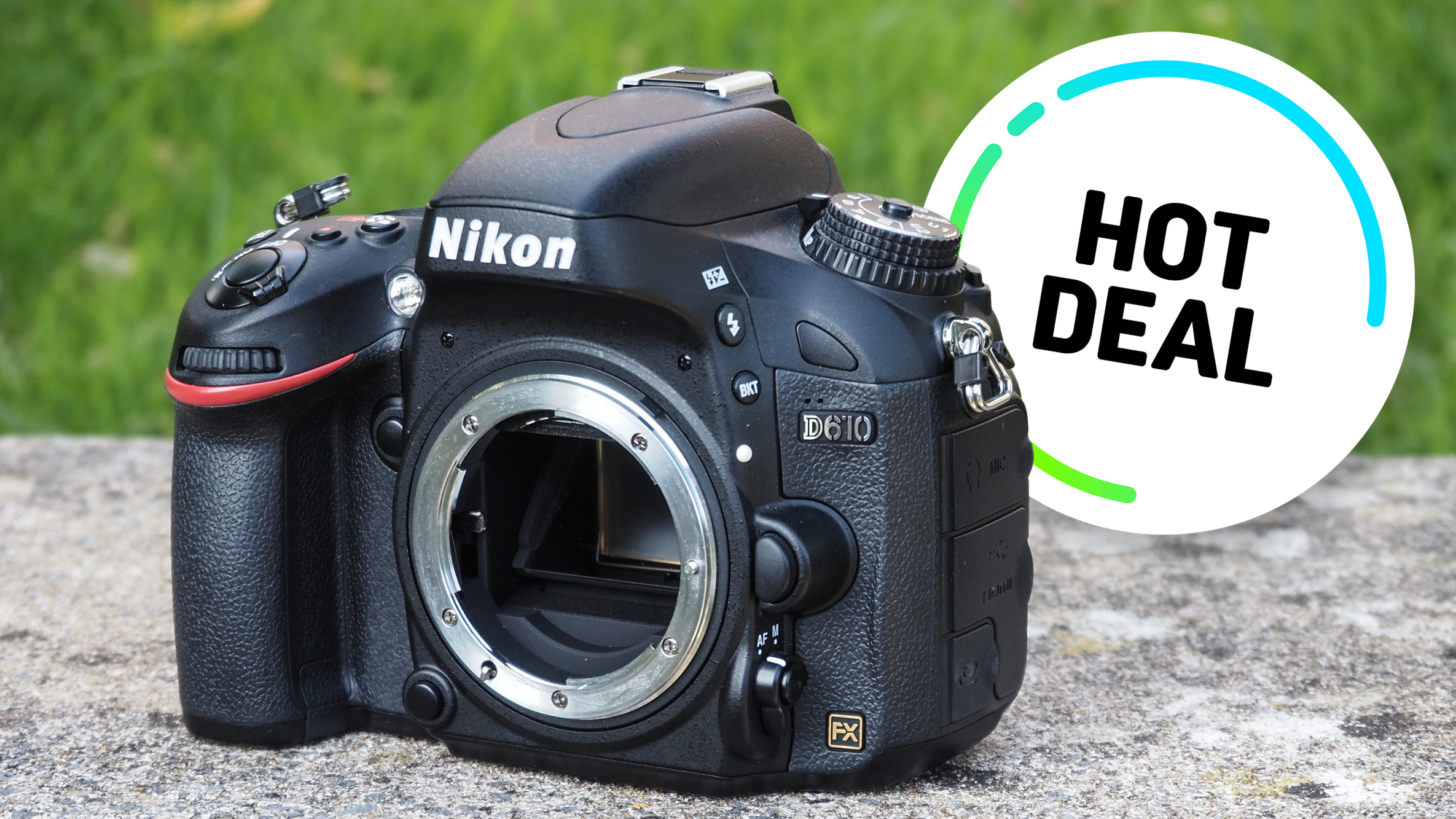Watch video: Landscape masterclass – filters
In our previous landscape projects we’ve shown you how to improve your shots without spending any money, whether that’s working on composition or experimenting with different camera settings. Now we’re taking a look at the best filters for photography, which do come at an additional cost but are well worth the investment.
Filters are a landscape photographer’s best friend, as they help you achieve effects that aren’t possible in post-production. They also help you get the photograph as perfect as possible in-camera, which is always best practice.
There’s so many filters to look at, so here we’ll go through the most useful ones and what they do, including neutral density (ND), graduated NDs, polarizers, sunset filters and more. Putting any sort of glass in front of your lens will degrade image clarity, so it’s best to invest in a quality set of filters to minimize this.
Read more:
• Landscape Photography Masterclass: Get to grips with composition
• Landscape Photography Masterclass: Getting creative with depth of field
• Landscape Photography Masterclass: Slow down time with shutter speed
01 Screw-in or square varieties
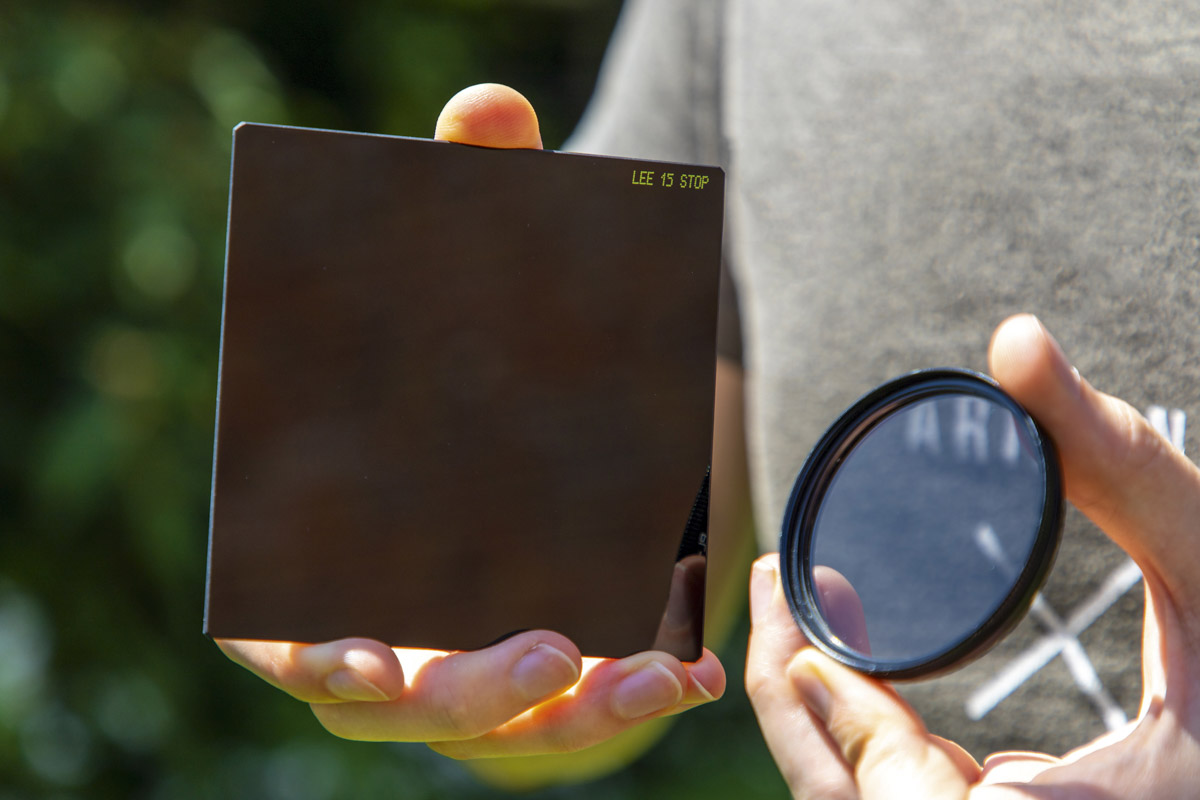
Filters come in two main types. Screw-in ones can be cheaper and smaller, as they screw directly into the front filter thread of your lens, but step-up rings can be used to fit them on other lenses. Square filters tend to be more expensive, as you also have to buy a filter holder system to go with them.
02 Keep your filters in top condition
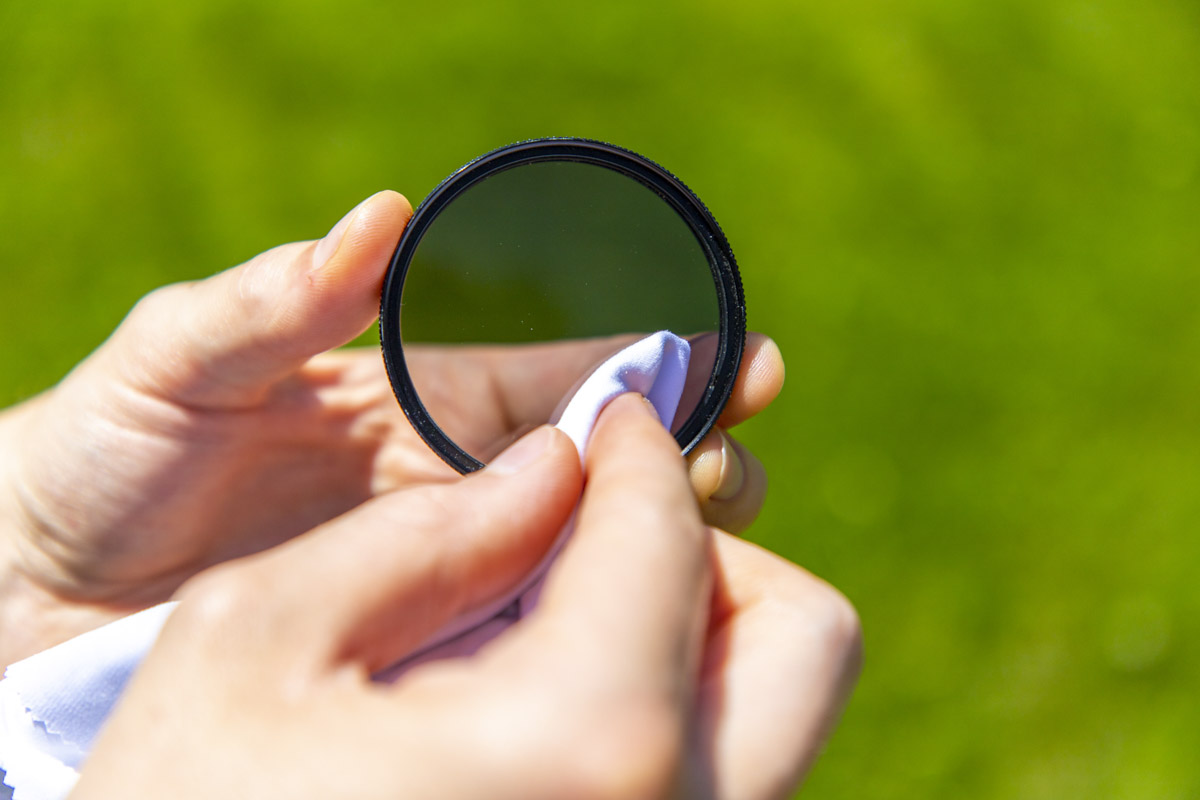
Be sure to regularly clean filters of any dust, dirt or fingerprints, as these will impair image quality, causing softness, dust spots, or flare. It’s also worth investing in the best possible glass to keep any degradation in image quality to a minimum.
03 Protect your lens with a UV filter
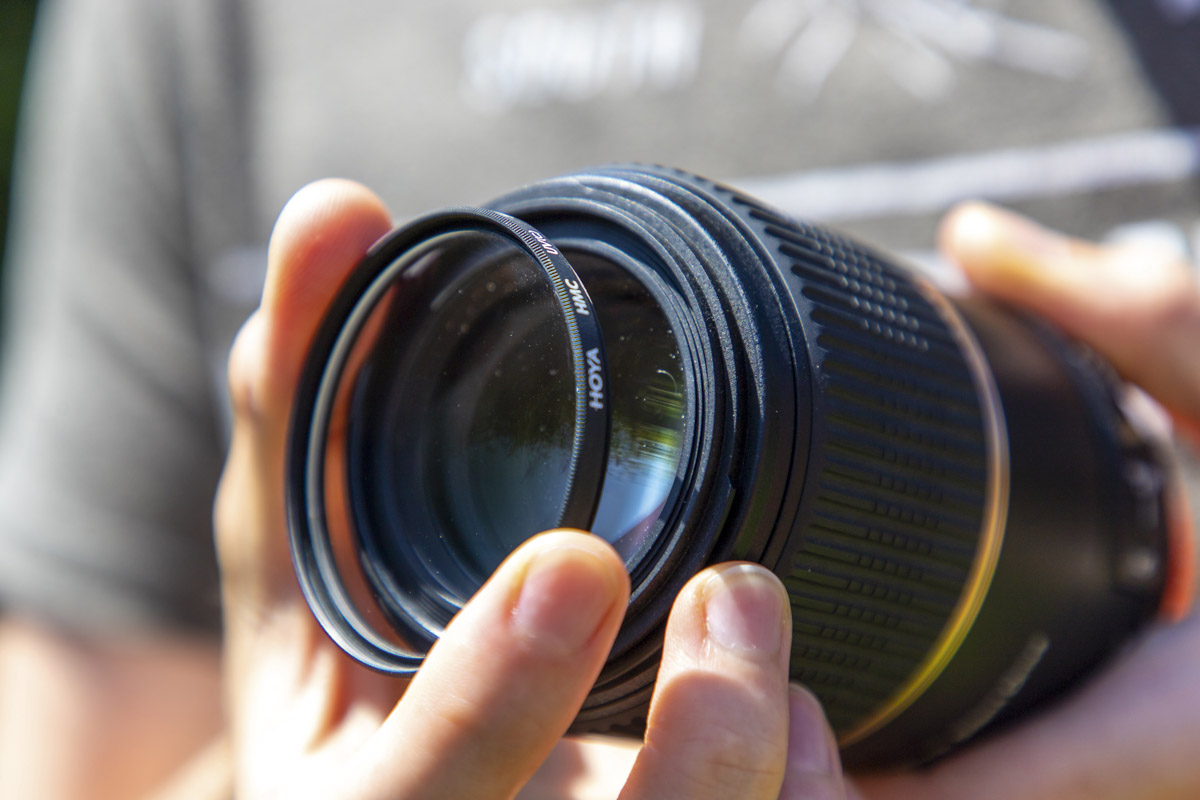
Modern digital camera sensors typically already have a UV filter, so a screw-in UV filter is unlikely to have a strong effect. We find screw-in UV filters handy to protect the front element of your lens as a scratched filter is cheaper to replace than a front element!
04 Block the eyepiece on DSLR cameras
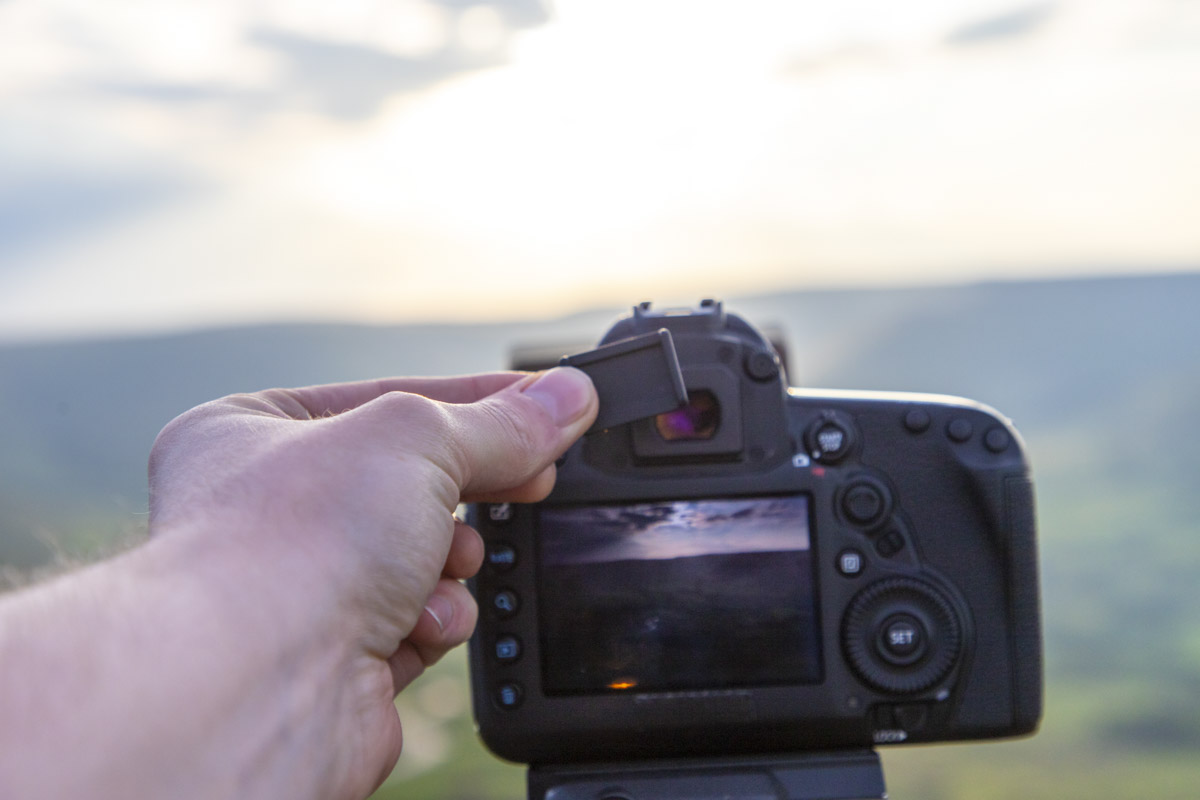
When shooting long exposures sunlight can creep in through the optical viewfinder on DSLR cameras, causing flare to appear in your images. Canon’s DSLR cameras come with an eyepiece cover on the camera strap that you can slot in place to prevent this.
05 Use a long exposure calculator
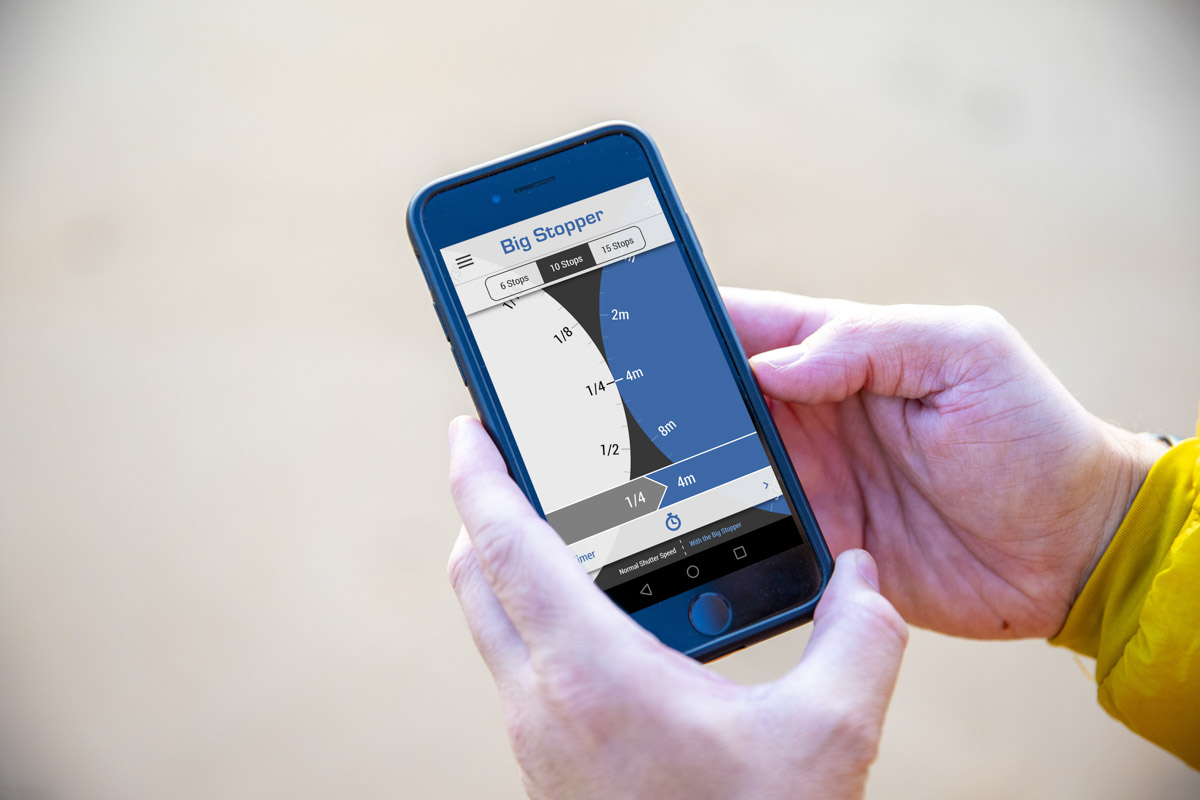
Calculate exposure times with neutral density filters more easily with an exposure calculator, like the Lee Stopper Exposure Guide app. It tells you the exposure to dial in with a Lee Little, Big or Super Stopper in place (6-, 10- or 15-stops respectively).
06 Find your filter thread size quickly
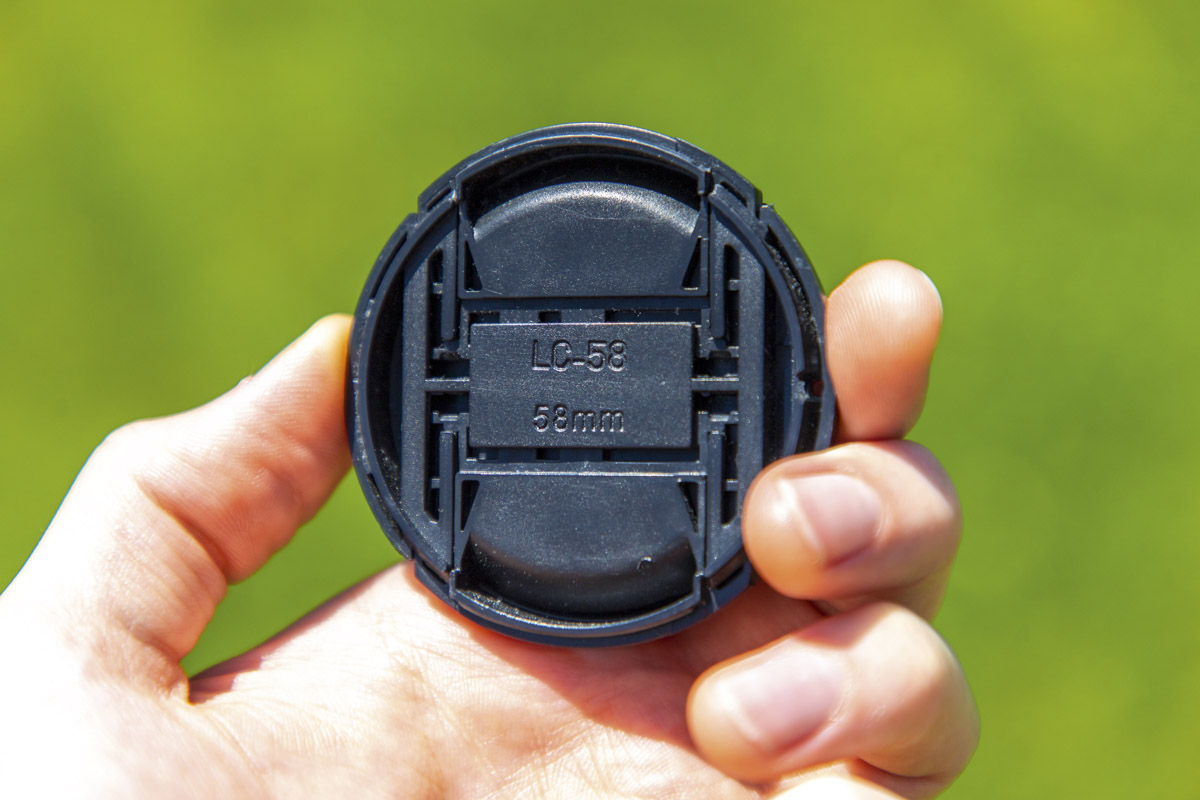
The quickest way to find out the filter thread of your lens is to look at the writing on the front of the lens or back of the lens cap – ours says 58mm here. Watch out for some wide-angle and fisheye lenses with a bulbous front element, as that means they probably don't have a front filter thread – which means you will probably need an expensive specialist filter holder and larger filters but check the specifications to be sure.
How to use your filters
Slow down time with ND filters
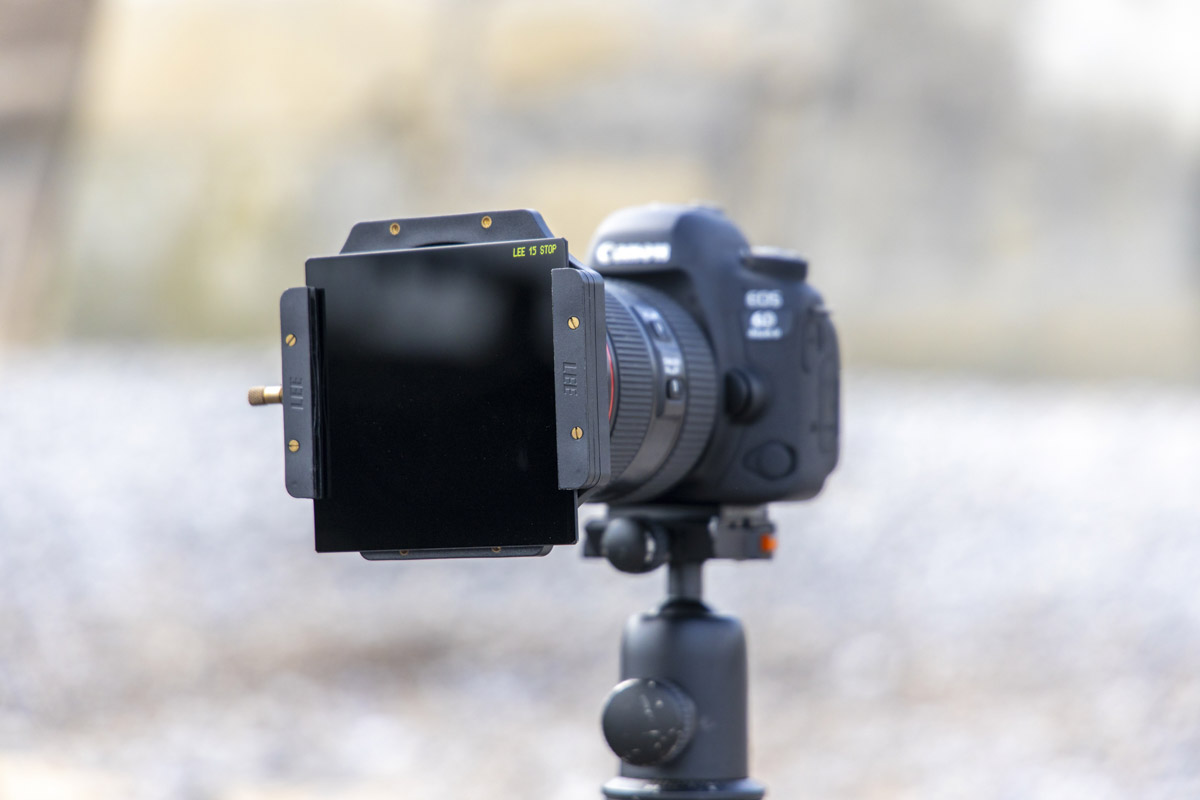
Neutral density (ND) filters act a bit like sunglasses for your camera and lens, reducing the amount of light coming in and hitting the sensor. This is useful for numerous reasons, the most important being that it allows you to shoot at slower shutter speeds, so you can give the sensor time to record motion from moving elements within your frame – such as people, clouds or water like in our example here.
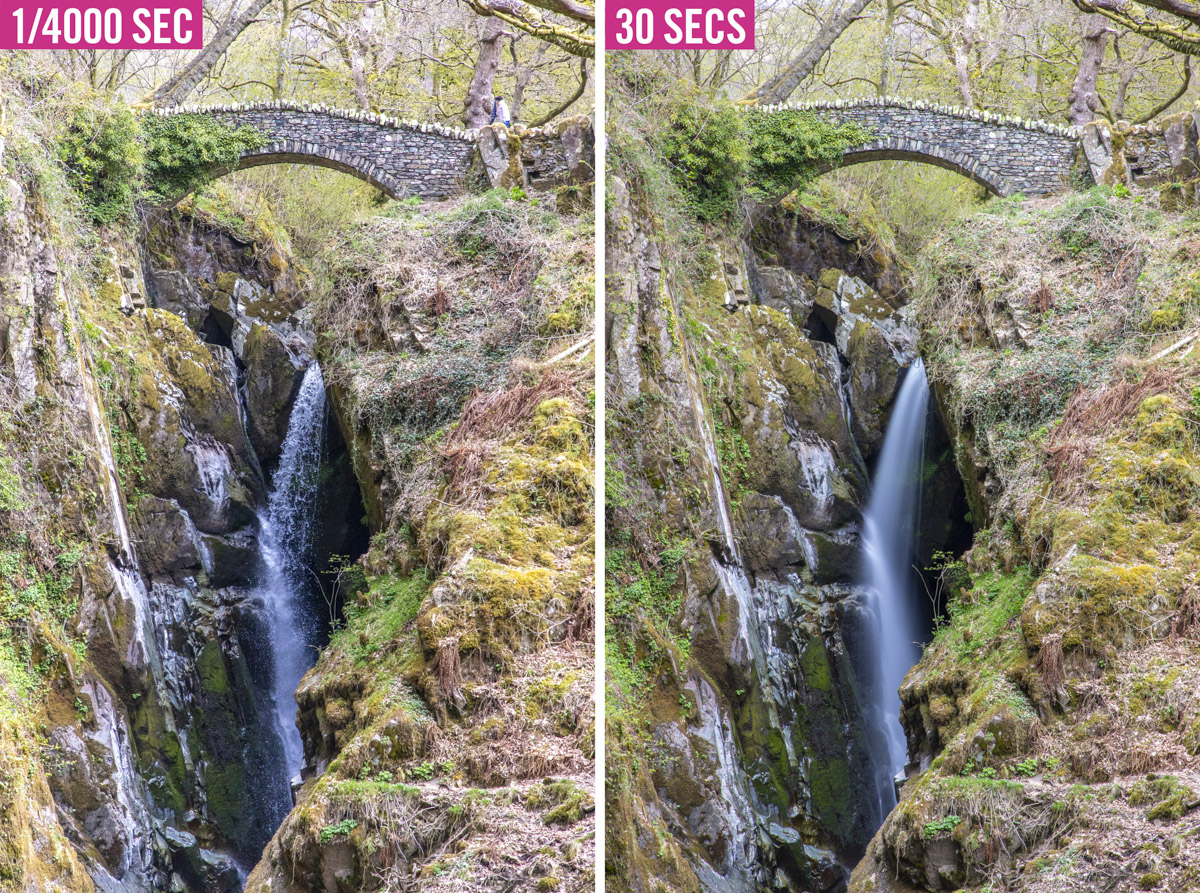
With bright sunlight and no filter, we had a shutter speed fast enough to freeze the waterfall still, but with an ND filter we could slow the shutter speed to 30 secs to smooth the flowing water into a silky blur.
• Best neutral density filters
Balance skies with a Graduated ND filter
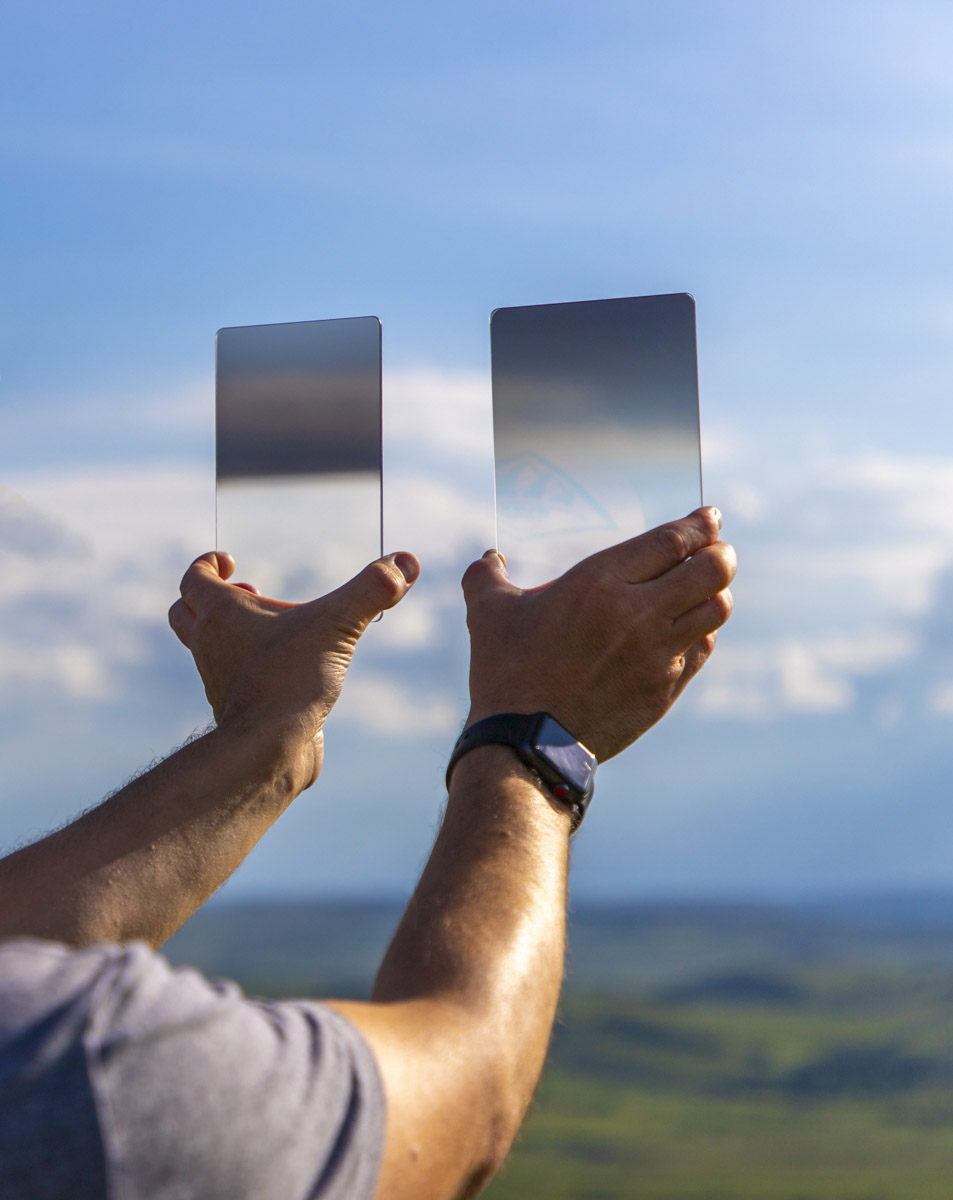
How do you capture very bright skies and a dark foreground all in one single image without losing detail? Graduated ND filters are the answer! Just like standard ND filters they have a dark portion of glass to block out light in the top part of the frame, often used to tone down bright skies.
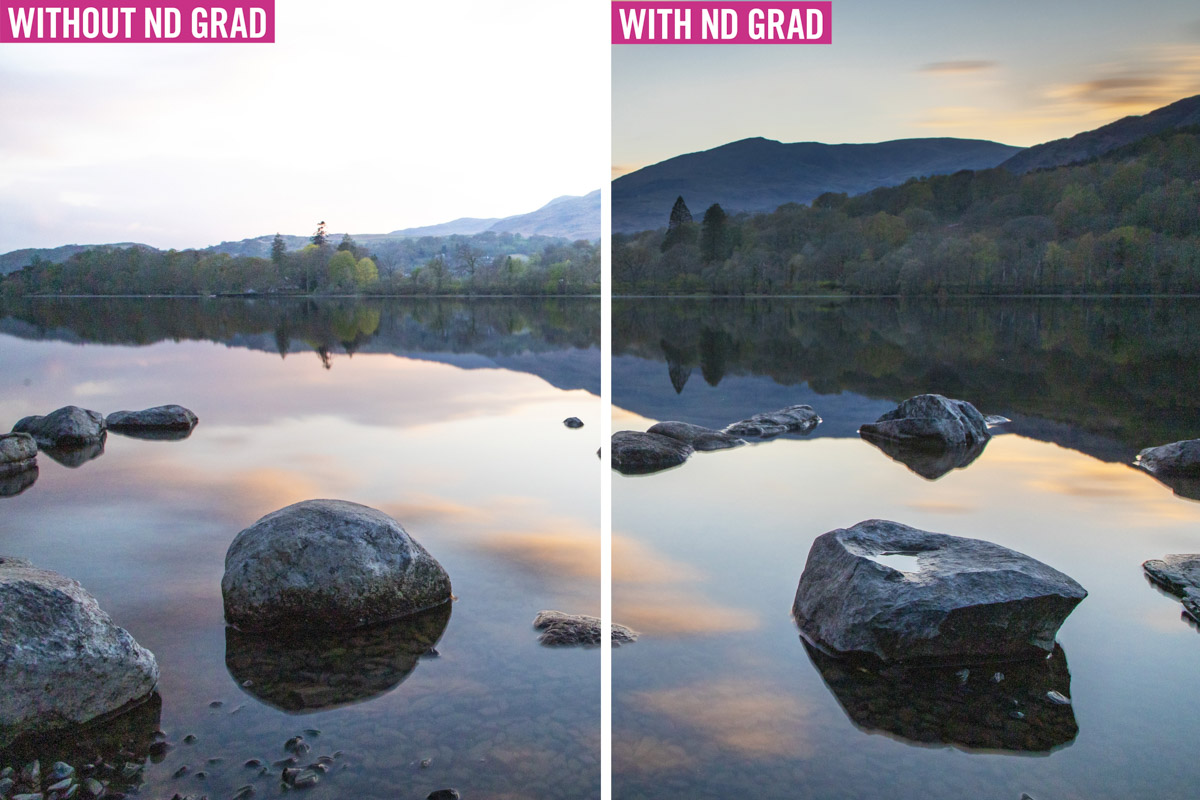
The rest of the filter is clear to allow detail to be captured in the darker foreground area. These filters come in different strengths, such as 1-, 3-, or 6-stops, and come in hard and soft varieties, for a harder or softer transition between the dark and clear parts of the filter.
Use polarizing filters
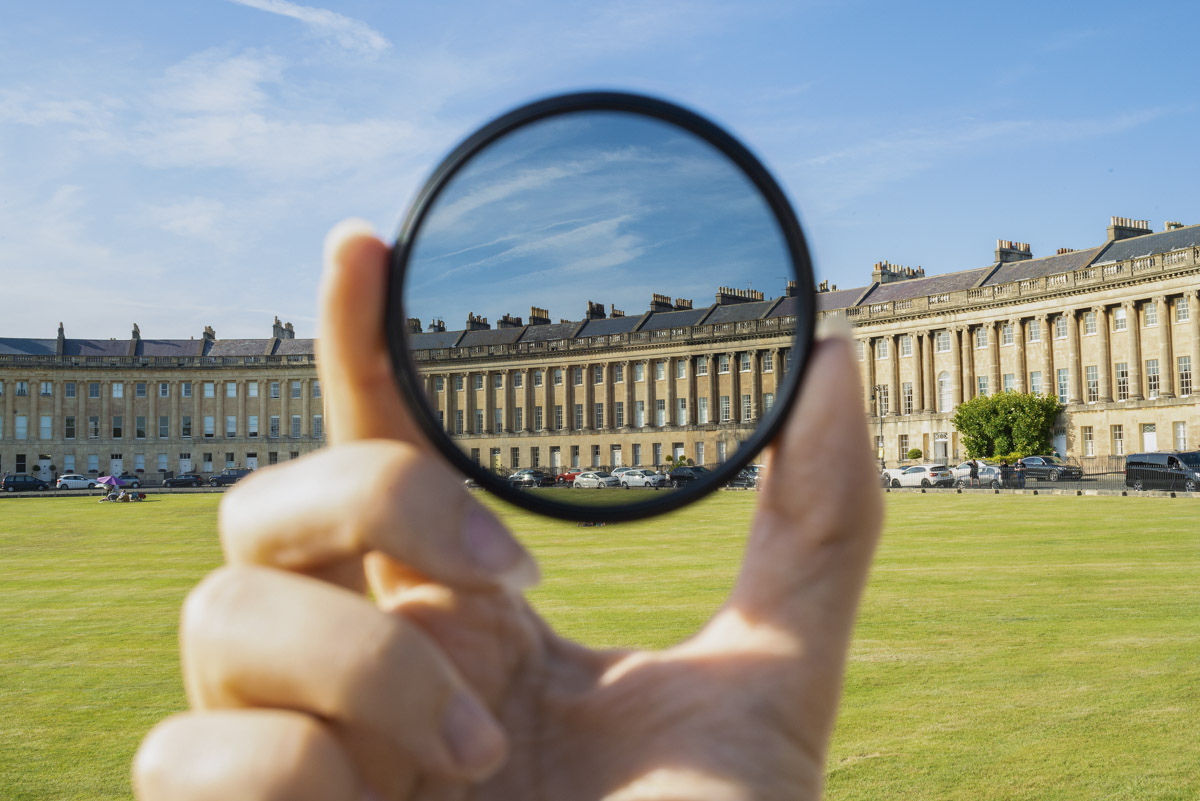
Polarizing filters reduce the amount of unpolarized ‘scattered’ light coming through the lens, making blue skies look stronger and cutting through glare on reflective surfaces, like glass and water. As some light is filtered out your shutter speeds will be reduced by up to 1 & 2/3rds of a stop at maximum effect. You’ll get best results when shooting 90º onto the sun, so point your left index finger at the sun and your thumb will point in the best direction to shoot.
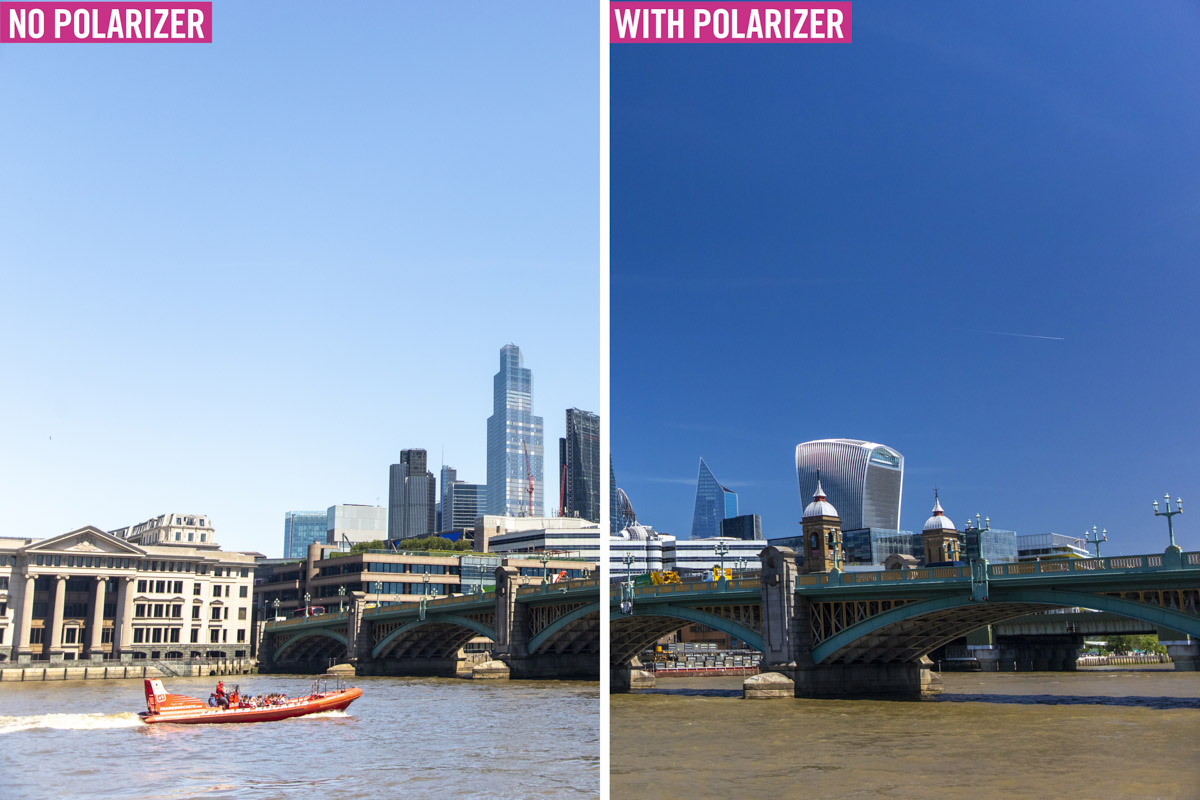
Polarizers only effect a small portion of the sky, so it’s best to avoid wide-angle lenses to stop your sky looking patchy. Polarizers come in linear and circular types. Linear ones can interfere with metering and AF systems, so circular polarizers are best.
• Best polarizing filters
• What is a circular polarizer?
Inject warmth with sunset filters
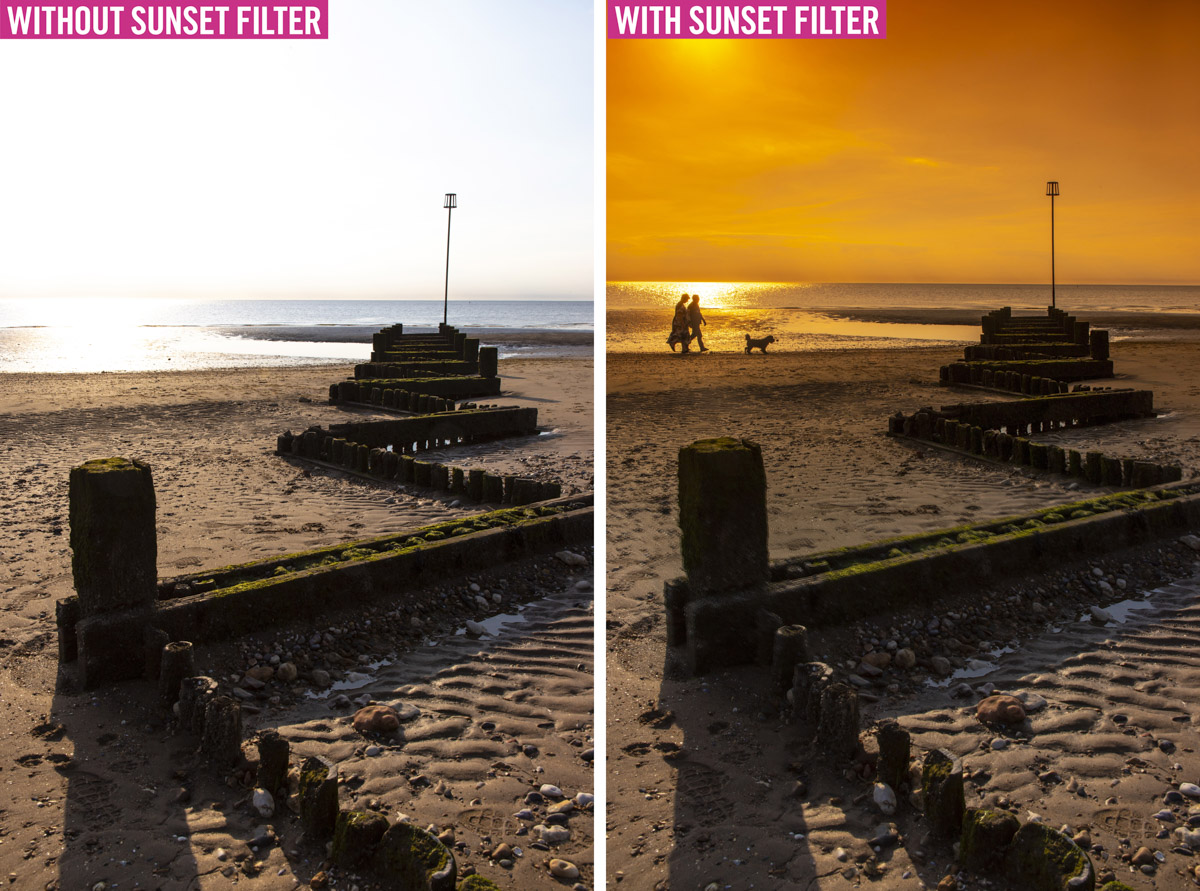
Sunset filters are coloured pieces of glass that sometimes have a gradient in the upper portion to enhance sunset or sunrise tones. They come in different shades, such as the typical Sepia and darker Tobacco, and even Mahogany, which can be used to create a ‘red sky at night’ feel. These work best when shooting towards the sun at sunrise or sunset.
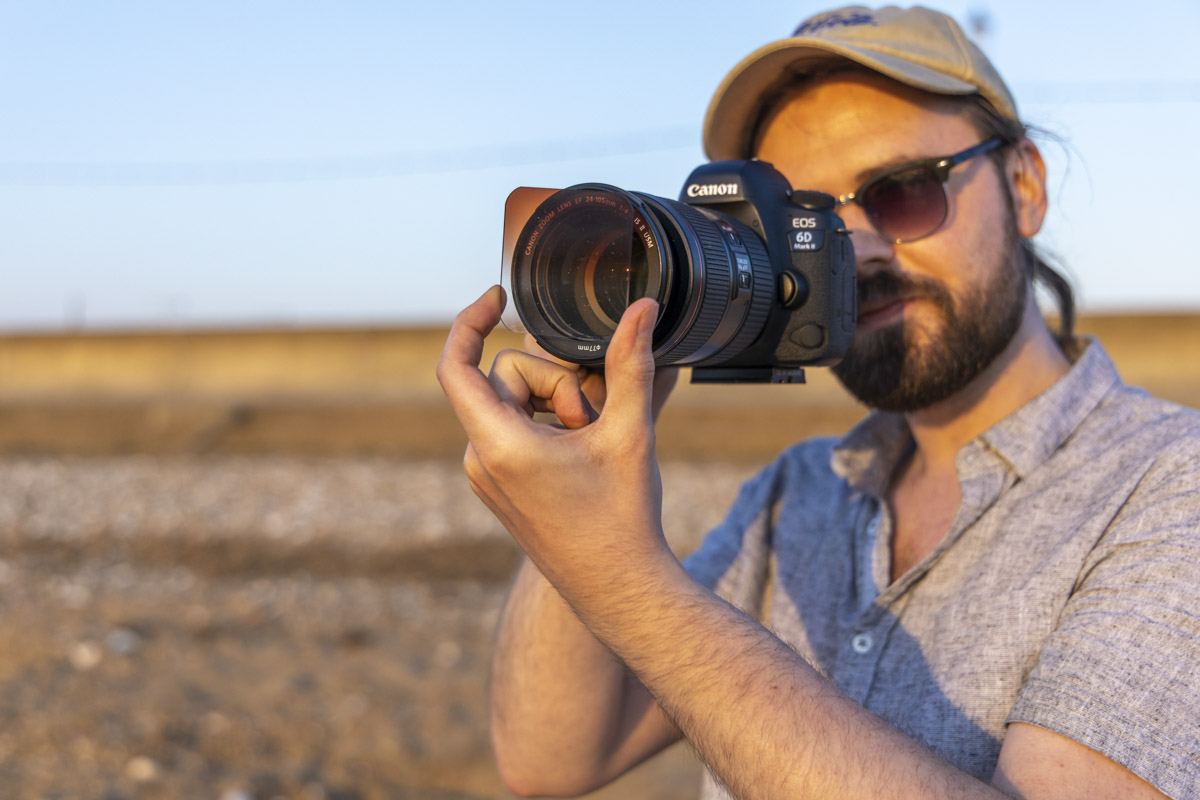
It’s also worth noting that you can handhold square filters in front of the lens like we did here with a sunset filter. This is useful if you’re in a pinch and either left your filter holder at home, or you need to get the shot quickly before the light changes. Just be sure not to get your fingers in the frame, as they will show up as a dark splodges!
PhotoPlus: The Canon Magazine is the world's only monthly newsstand title that's 100% devoted to Canon, so you can be sure the magazine is completely relevant to your system.
Read more:
Best cameras for landscape photography
Best lenses for landscapes
Best tripods for photographers
10 best online photography courses – from beginner guides to masterclasses
Get the Digital Camera World Newsletter
The best camera deals, reviews, product advice, and unmissable photography news, direct to your inbox!

Deputy Editor on PhotoPlus: The Canon Magazine, Dan also brings his technical wizardry and editing skills to Digital Camera World. He has been writing about all aspects of photography for over 10 years, having previously served as technical writer and technical editor for Practical Photography magazine, as well as Photoshop editor on Digital Photo.
Dan is an Adobe-certified Photoshop guru, making him officially a beast at post-processing – so he’s the perfect person to share tips and tricks both in-camera and in post. Able to shoot all genres, Dan provides news, techniques and tutorials on everything from portraits and landscapes to macro and wildlife, helping photographers get the most out of their cameras, lenses, filters, lighting, tripods, and, of course, editing software.

